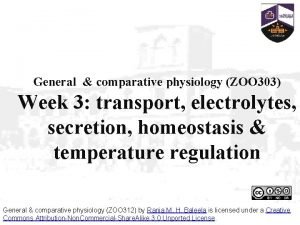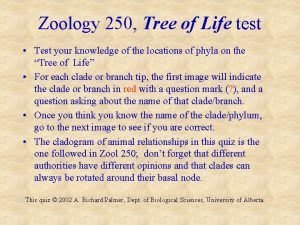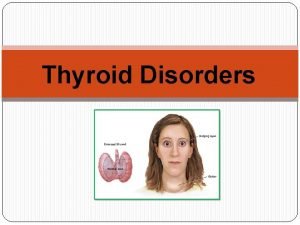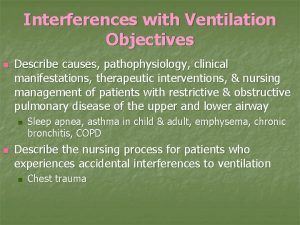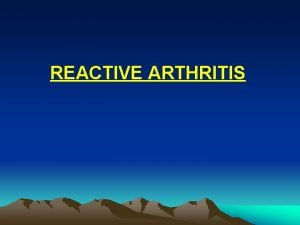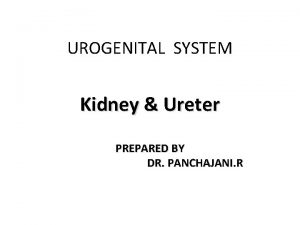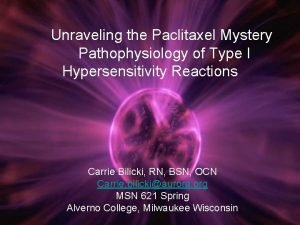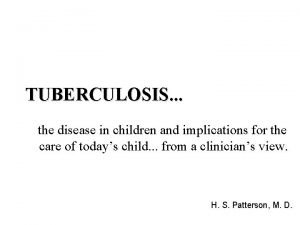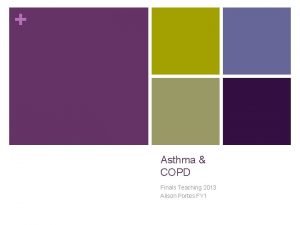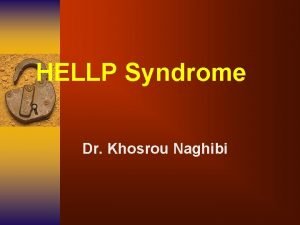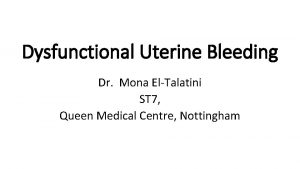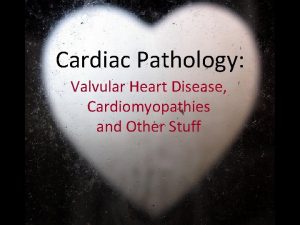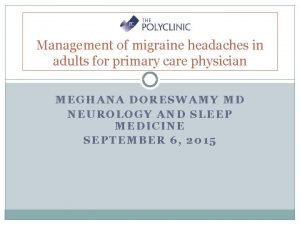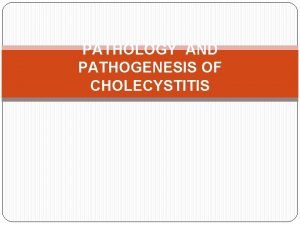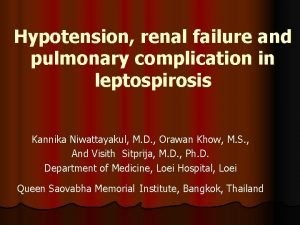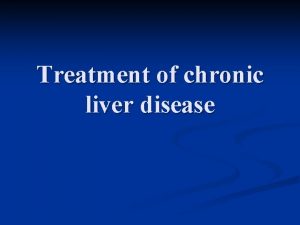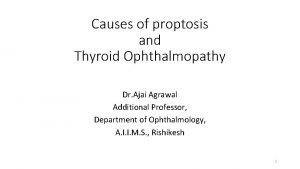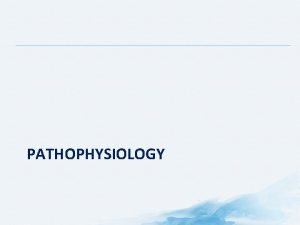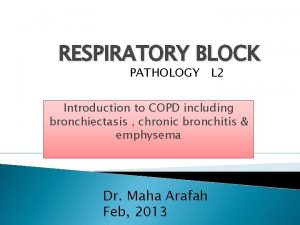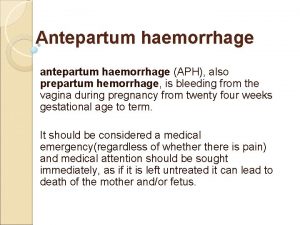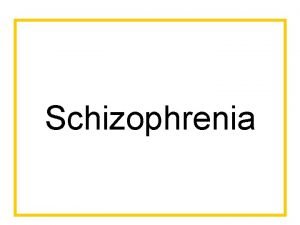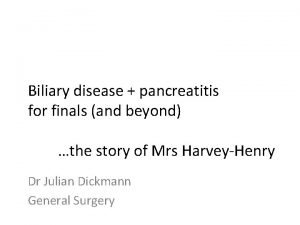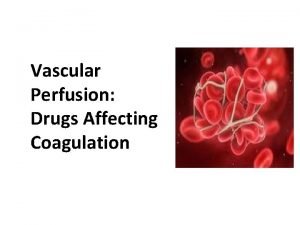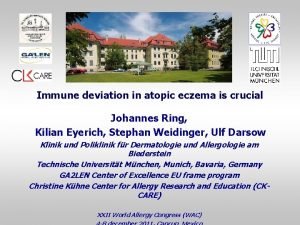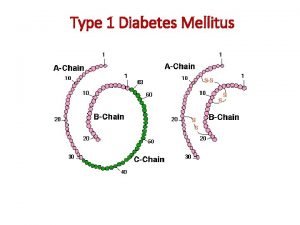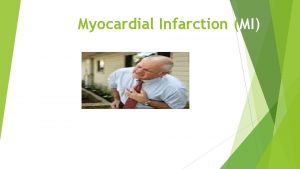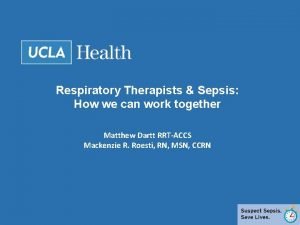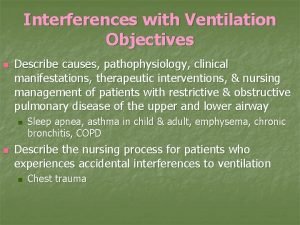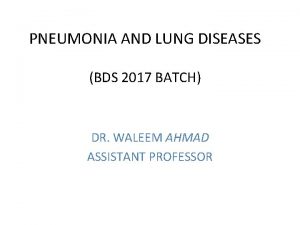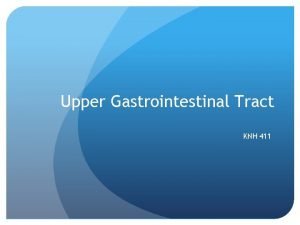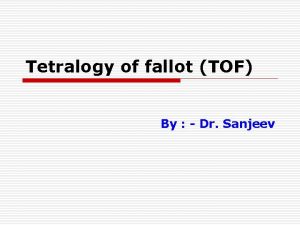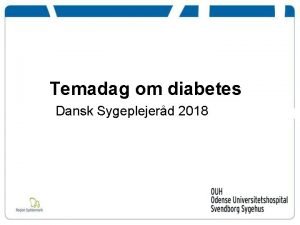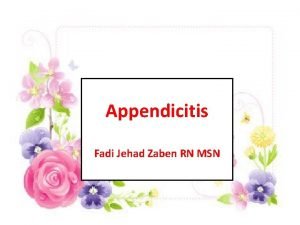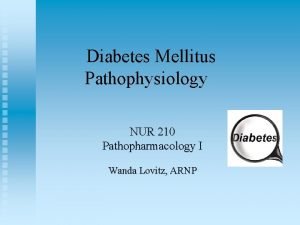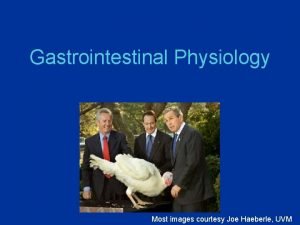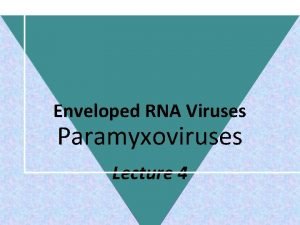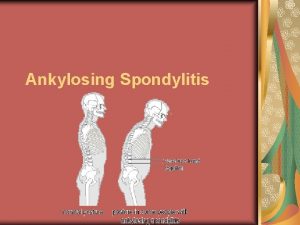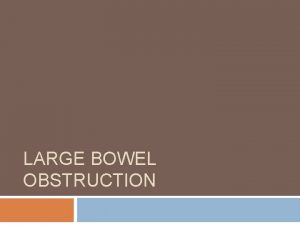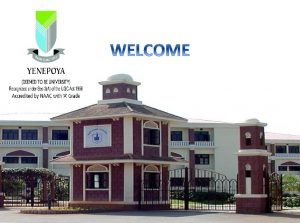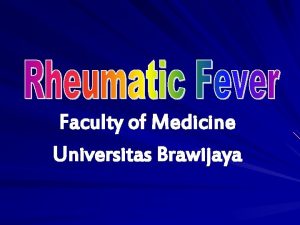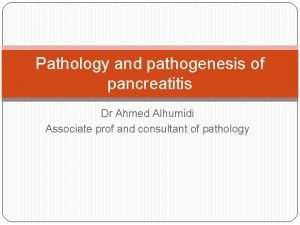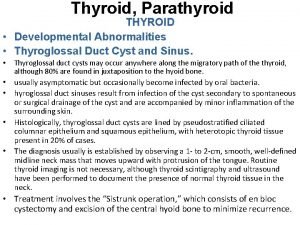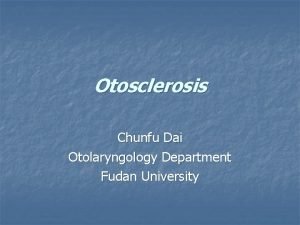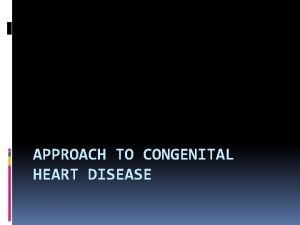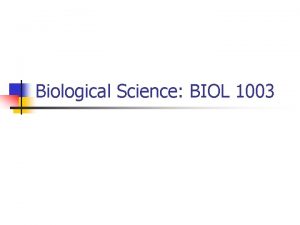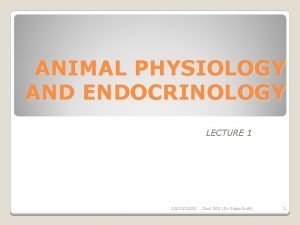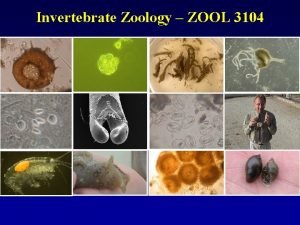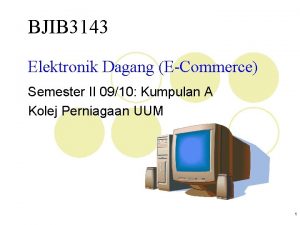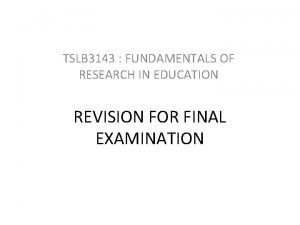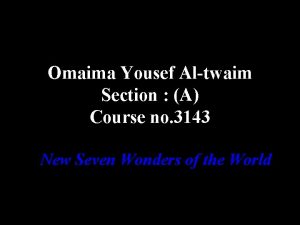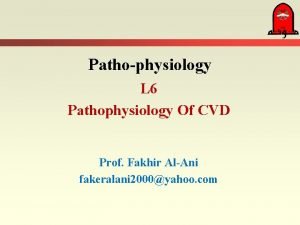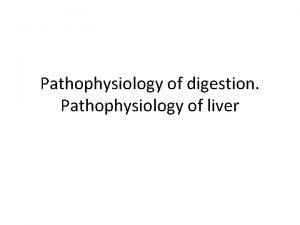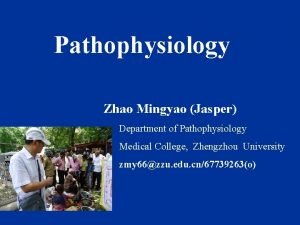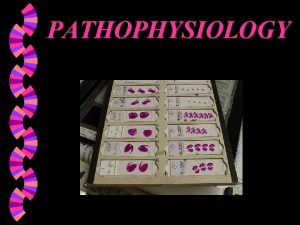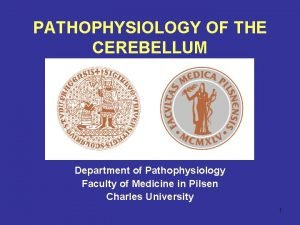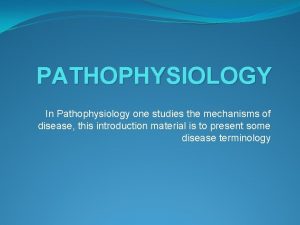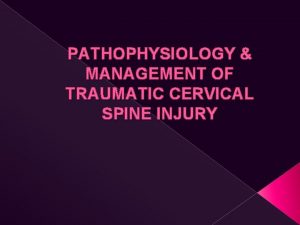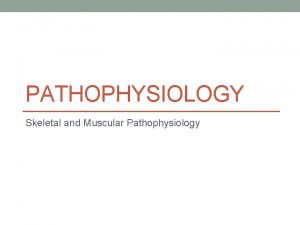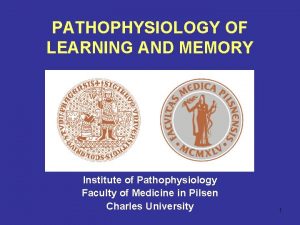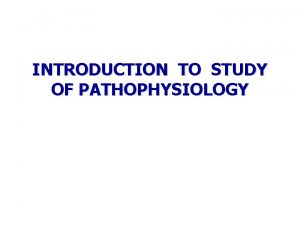Pathophysiology ZOOL 3143 Dr Diane M Gilmore O



























































- Slides: 59

Pathophysiology ZOOL 3143

Dr. Diane M. Gilmore, O. D. n n LSE 415 680 -8083 mgilmore@astate. edu Web site: www. clt. astate. edu/mgilmore

Office hours: n n n Monday and Tuesday 1 - 2 p. m. Wednesday Noon - 2 p. m. and 3 -4 p. m. And by appointment

Lecture Text: Essentials of Pathophysiology Concepts of Altered Health States, 2 nd ed. , by Carol Mattson Porth. Lippincott Williams & Wilkins, pub.

Cramming is a sure path to failure ! It will blow up in your face!

Study Tips n n n n Use the study guide Daily quizzes Understand the material Read the text Study frequently for short periods “Do something” with the material Find a study buddy

Classroom Etiquette: Turn off pagers and cell phones ! No tobacco use of any kind Be considerate of others: Take out what you bring in. Talk to me, NOT your neighbor! Do not ask for grades over the phone or internet.

Academic Integrity Ø Use Professional ethics Ø NO: ØPlagiarism ØCheating ØAllowing others to copy from you Ø Penalties can be severe !!

• Attendance • Inclement weather • Disability services

Grades: 5 exams + 1 paper + “pop” quizzes and possibly seminars A B C D F = = = 450 - 500 points 400 - 449 points 350 - 399 points 300 - 349 points less than 300 points Final exam Tuesday, Dec. 11 at 12: 30 p. m.

Terminology • Pathology – focus on physical changes in diseased organs and tissues • Pathophysiology – abnormal functioning of diseased organs and how it applies to medical treatment and patient care

Disease – loss of homeostasis, or when physical or mental capacities cannot be fully utilized (interuption, cessation or disorder in the function of an organ or system). Etiology = cause of the disease When the etiology is unknown, the disease is said to be idiopathic.

Categories of etiology • Genetic disease– genes are responsible for a structural or functional defect • Congenital disease– genetic information is intact, but the intrauterine environment interferes with normal development • Acquired disease – disease is caused by factors encountered after birth (biological agents, physical forces, and chemical agents)

Clinical manifestations – indications that the person is sick Symptoms – unobservable effects of a disease reported by the patient Signs – observable or measurable traits Syndrome - a characteristic combination of signs and symptoms associated with a particular disease.

Pathogenesis - sequence of events in the of development of a disease Sequelae – lesions or impairments resulting from a disease Acute conditions – rapid onset, develop quickly, usually of short duration Chronic conditions – longer duration onset may be sudden or insidious

Distribution of lesions may be: Local – confined to one area of the body Systemic – widely distributed throughout the body Within an organ damage can be: Focal if there are only one or more distinct sites of damage Diffuse if the damage is uniformly distributed

Diagnosis – identification of the specific disease Therapy – the treatment of the disease to either effect a cure or reduce the patient’s signs and symptoms Prognosis – prediction of a disease’s outcome

Normal Functioning of Eukaryotic Cells

Boundary – Cell membrane (plasma membrane) Composed of lipid molecules in bilayer Phospholipids have hydrophobic tail Phospholipids have hydrophilic heads Also contains embedded proteins are important for cell-cell communication: receptors for hormones cell recognition also important for metabolic processes inside the cell: channels pumps enzymes



Cytoplasm Cytosol – aqueous gel-like medium Important metabolic processes occur here Organelles – membrane bound structures Membranes provide compartments for separation of chemical reactions

Nucleus DNA codes for proteins

Rough Endoplasmic Reticulum Contains ribosomes – make proteins


Smooth ER synthesizes phospholipids detoxifies

Golgi Apparatus Packages protein for export


Mitochondria The cell’s power plant

Cellular respiration


Vesicles “sacs” that hold molecules within a cell lysosomes –digestive enzymes molecules to be exported

Inclusions Temporary structures • ribosomes • filaments – cytoskeleton – protein strands • other molecules without membranes: • melanin • lipids, etc.

Tissues Made up of cells with common function Four major tissue types: 1. Epithelial covering and lining interacts with the body’s environment glandular tissue



2. Connective tissue Important to structure , support and protection 3. Nervous tissue Made up of neurons and supporting (glial) cells receives info from outside (or inside) the body processes information acts on the information through muscles, glands, etc.

Muscle • Important to movement • Three types – Skeletal – Smooth – Cardiac




Cells change to adapt to their environment Atrophy = shrinkage = decrease in cell size. Due to : decreased use decreased blood supply decreased nutrition Of tissues or organs may be due to cell shrinkage or due to cell death.

Hypertrophy = increase in cell size We'll see this in heart, kidney (and others) w/ pathology NOT due to increased cell volume or fluid Rather, due to increased protein synthesis within the cell, or decreased protein breakdown Result is increased protein in organelles Hyperplasia = increase in cell number Due to increased cell division Uterus and breast tissue Parathyroid gland in kidney failure Liver (compensatory hyperplasia)

Metaplasia = replacement of one cell type with another Reversible An example: ciliated columnar epithelium replaced by stratified squamous epithelium

Dysplasia = change in cell resulting in abnormal cell size, shape or organization We'll see this in respiratory tract, cervix w/ pathology In mature cells only Immature cells would be expected to change in size, shape as they grow and mature Considered a reversible change Neoplasia = associated with a malignant tumor

Intracellular accumulations • Buildup of substances the cell can’t use or dispose of. – Normal body substances – Abnormal products from inside the body (inborn errors of metabolism) – Substances from outside the body (transient or permanent)

Cellular injury – cell unable to maintain homeostasis • Causes of cell injury: • Deficiency – lack of a substance necessary to the cell • Intoxication or poisoning – presence of a toxin or substance that interferes with cell functioning • Trauma – physical injury and loss of cell’s structural integrity

Deficiencies: Deficiency in oxygen most important

Hypoxia = deficiency in oxygen at cell Due to : Decreased oxygen in air Decreased hemoglobin or decreased oxygen transported to cells Diseases of the respiratory and/or cardiovascular system

Important to cell because of oxidative phosphorylation, which results in the production of ATP Oxidative: need oxygen to produce ATP: needed by cell for metabolism, cell life

Cellular response to hypoxia Decreased mitochondrial reactions decreased ATP produced decreased energy Ion pumps cease, so can't regulate ions into/out of cell (ATP needed for this) Can't pump Na+ and water out of cell, so get cell swelling organelle swelling cell death

Ischemia is inadequate blood supply to a cell or tissue. Ischemia can cause hypoxia.

Intoxication (or introduction of toxins into the cell) Effect on cell depends on toxin and on cell Some examples: Lead -- injures nervous system CO -- deprives body of oxygen Ethanol -- effects central nervous system

Trauma -- physical disruption of cells Ex: abrasion, cutting, burns, microorganisms etc.

Free radicals : uncharged atom or group of atoms with an unpaired electron Formed by radiation, redox reactions, chemicals Atom is unstable needs to gain or lose an electron can alter chemical bonds in proteins, lipids, carbohydrates and nucleic acids can cause chain reaction in cell

Apoptosis • • • “fallen apart” Regulated cell death During development Worn out cells Diseased cells (tumor suppressor p 53 gene, natural killer or Tc cells)

Necrosis • Messy cell death • Initiates inflammation • Gangrene – large mass of tissue undergoes necrosis

Infections agents Microorganisms can invade and harm cells Cell injury can have effects on the entire body Examples: fever, pain, increased heart rate

Cell aging • Programmed change theories • Error theories • Telomerase
 Psy 2012 ucf
Psy 2012 ucf Zool 303
Zool 303 Zool 250
Zool 250 Lorna simpson
Lorna simpson Brianna gilmore
Brianna gilmore Lorna simpson
Lorna simpson Gilmore and bell
Gilmore and bell Gilmore gu
Gilmore gu Kate gilmore
Kate gilmore Mitral stenosis severity
Mitral stenosis severity Pathophysiology of intestinal obstruction
Pathophysiology of intestinal obstruction Hyperthyroidism hypokalemia
Hyperthyroidism hypokalemia Co2 narcosis
Co2 narcosis Reactive arthritis pathophysiology
Reactive arthritis pathophysiology Panchajani
Panchajani Case mysteries in pathophysiology (doc or html) file
Case mysteries in pathophysiology (doc or html) file Pathophysiology of tuberculosis
Pathophysiology of tuberculosis Egfr calculation formula
Egfr calculation formula Asthma pathophysiology
Asthma pathophysiology Nursing diagnosis pancreatitis
Nursing diagnosis pancreatitis Hellp syndrome meaning
Hellp syndrome meaning Uterine bleeding
Uterine bleeding Pathophysiology of valvular heart disease
Pathophysiology of valvular heart disease Pathophysiology of migraine
Pathophysiology of migraine Cholecystitis
Cholecystitis Hyperkalemia pathophysiology
Hyperkalemia pathophysiology Hepatic encephalopathy pathophysiology
Hepatic encephalopathy pathophysiology 4l fio2
4l fio2 Joffroys sign
Joffroys sign Pain pathophysiology
Pain pathophysiology Reids index
Reids index Cyphalic
Cyphalic Acute dystonia pathophysiology
Acute dystonia pathophysiology Cholecystitis pathophysiology
Cholecystitis pathophysiology Pathophysiology of hemophilia ppt
Pathophysiology of hemophilia ppt Scarred gallbladder
Scarred gallbladder Patofisiologi mata
Patofisiologi mata Atopic dermatitis pathophysiology
Atopic dermatitis pathophysiology Toxic multinodular goiter
Toxic multinodular goiter Diabetes type 1 pathophysiology
Diabetes type 1 pathophysiology Pathophysiology of angina pectoris
Pathophysiology of angina pectoris Neonatal sepsis pathophysiology diagram
Neonatal sepsis pathophysiology diagram Asthma pathophysiology
Asthma pathophysiology Pathophysiology of pneumonia
Pathophysiology of pneumonia Dumping syndrome pathophysiology
Dumping syndrome pathophysiology Preductal vs postductal
Preductal vs postductal Kussmaul breathing pathophysiology
Kussmaul breathing pathophysiology Pathophysiology of appendicitis
Pathophysiology of appendicitis Hhns
Hhns Excessive acid production
Excessive acid production Pathophysiology of emphysema
Pathophysiology of emphysema Pathophysiology of mumps
Pathophysiology of mumps Pathophysiology ankylosing spondylitis
Pathophysiology ankylosing spondylitis Intestinal obstruction classification
Intestinal obstruction classification Hypertensive crisis management
Hypertensive crisis management Pathophysiology of valvular heart disease
Pathophysiology of valvular heart disease What is acute hemorrhagic pancreatitis
What is acute hemorrhagic pancreatitis Thyroglossal cyst pathophysiology
Thyroglossal cyst pathophysiology Otosclerosis pathophysiology ppt
Otosclerosis pathophysiology ppt Cyanotic vs acyanotic
Cyanotic vs acyanotic

